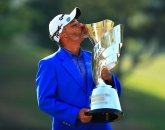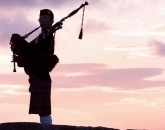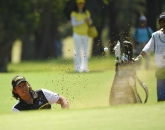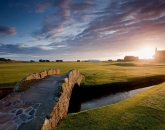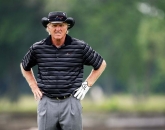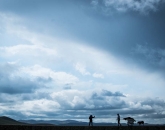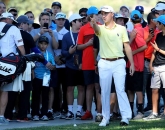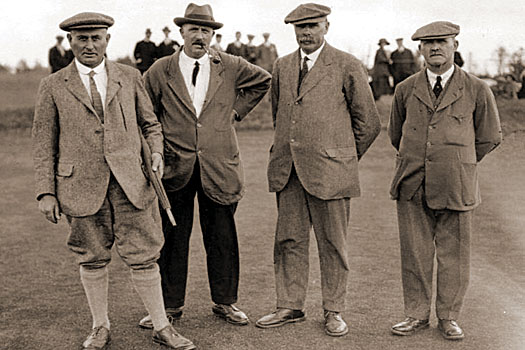
Considering the conditions that greeted them on their arrival at Gleneagles the ‘Sage of St Andrews’ may well have been right: despite being described as “pretty as a picture” by Hagen, the James Braid-designed King’s Course had only been open for play since 1919. Rubbished in the press for its ragged fairways and unkempt greens, Bernard Darwin of The Times even mentioned how: “The sand used in the bunkers is of the wrong type being far too gritty and full of shells.”
Sadly that was small beans compared with the state of the so-called luxury Gleneagles Hotel. Faced with little more than a massive building site, it wasn’t scheduled to open its doors to the paying public for another two years! Even James Gourlay, Chairman of Outram & Co, referred to it as: “Rather a blot on the landscape.”
Accommodation was obviously a big problem. A story even went out that rooms set aside for the American team had been hit by lightning just weeks before which had destroyed the roof above where they planned to sleep. Adding to the rumour that the hotel was somehow cursed, it was more likely that it simply did not have a roof ready in time! Either way it was a far cry from the description which said how Gleneagles was: “admirably suited to such an international contest ...”
Without a bed for the week American team members were shuttled off each evening to a railway siding at nearby Gleneagles Station. Forced to hunker down in five sleeping carriages they were even forced to fetch and carry their own water to the washrooms each morning. This included Hagen, who often employed an Indian manservant to run his baths for him in America.
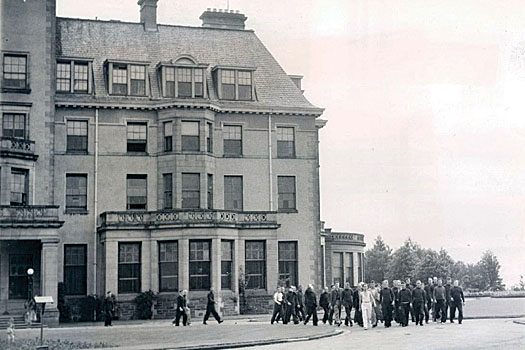
Pages
Click here to see the published article.


